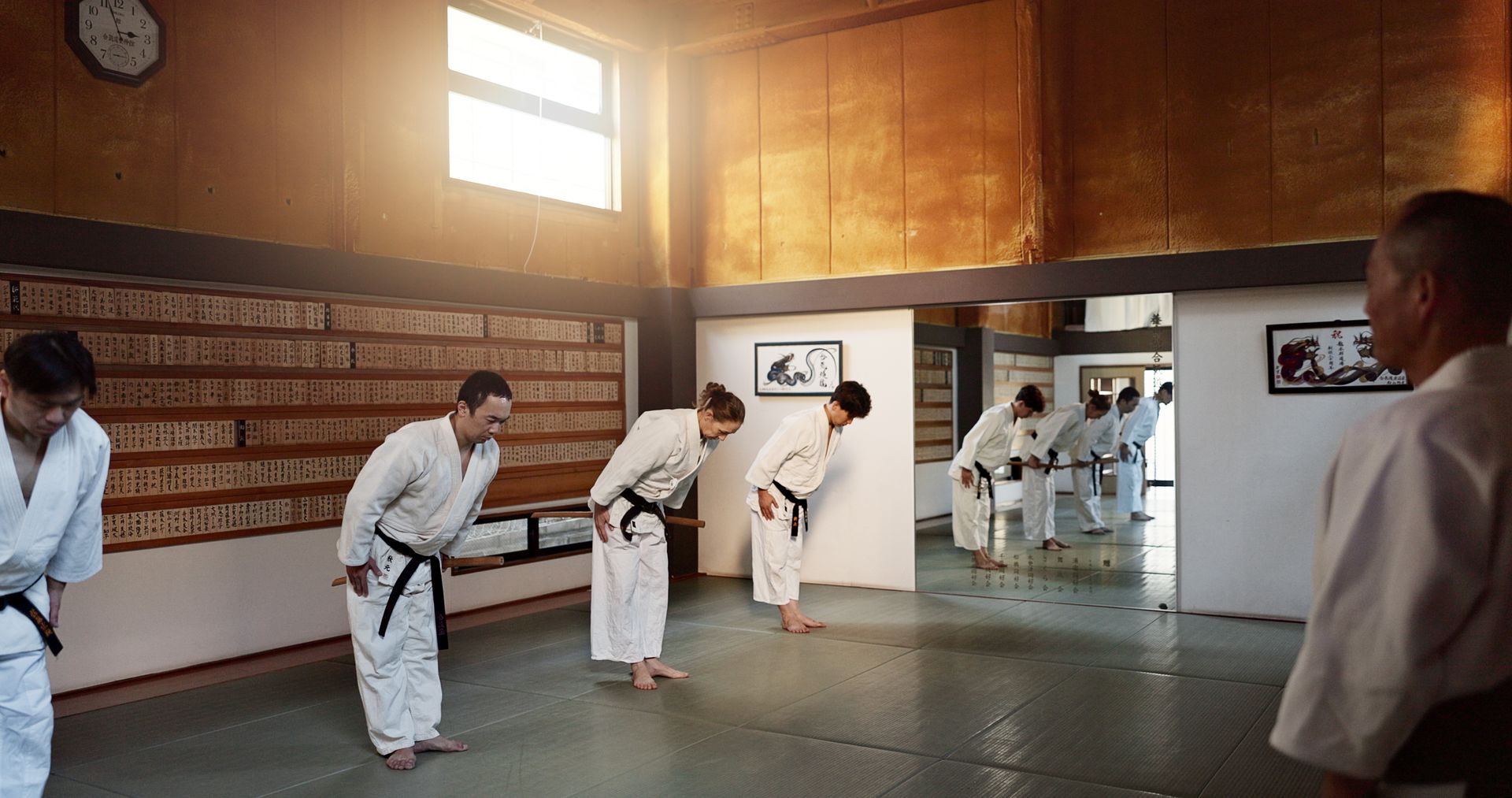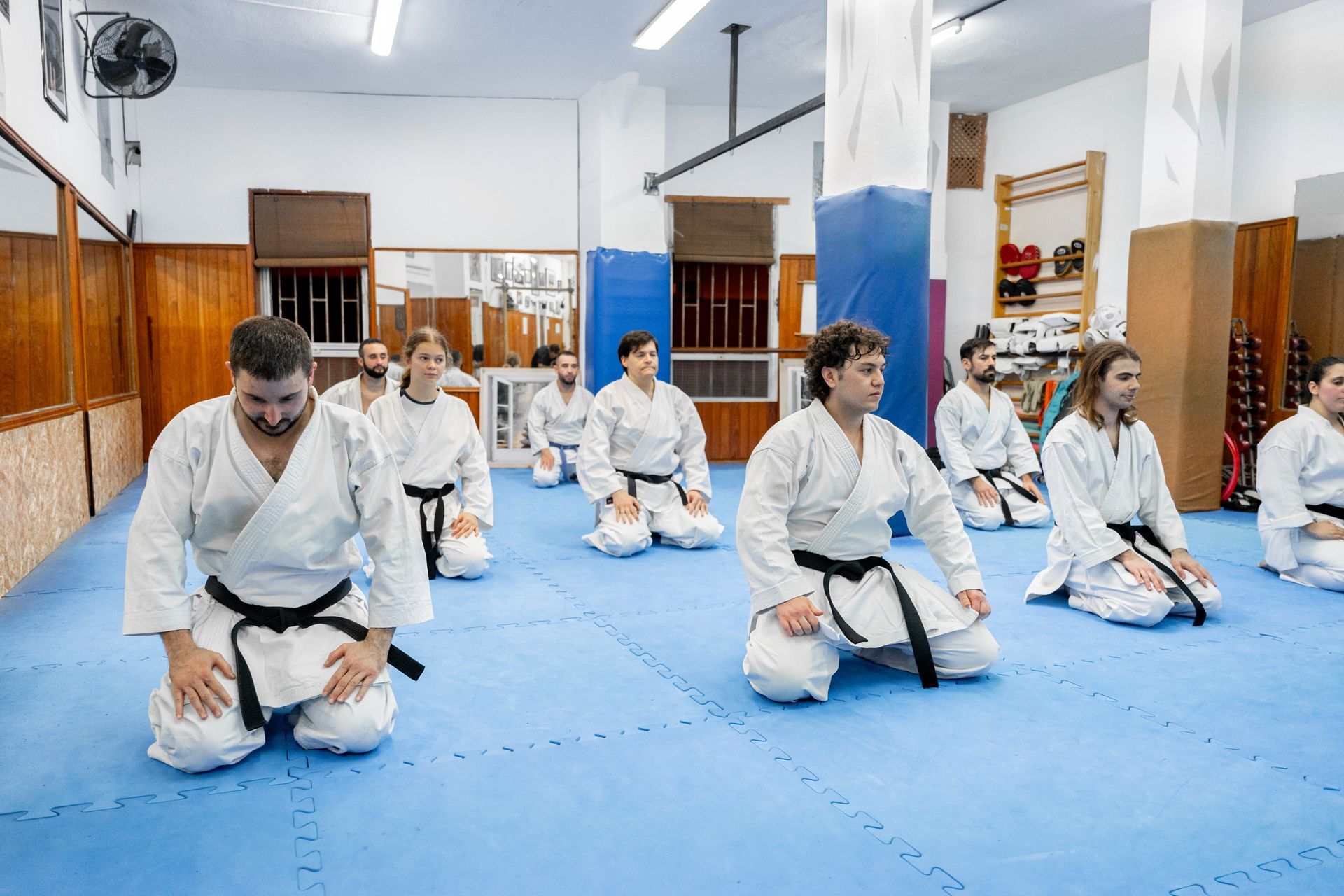By Graham Slater
•
November 12, 2025
After decades working with martial arts schools, gyms, coaching programs, and service based businesses, I’ve learned a simple truth: most unhappy customers won’t complain. They quietly disappear. They cancel a membership. They drift to another gym. They tell friends to go somewhere else. And you may never know why. So when someone chooses to speak up, especially when emotion is involved, that moment deserves your seriousness. Not because it feels good. It rarely does. But because that customer is giving you something incredibly rare in business: the truth. A complaint is a spotlight on a moment your business failed to meet expectations. It can be uncomfortable, but if handled well, these moments can strengthen your systems and save future relationships. Handled poorly, though, a single complaint can create more damage than the problem itself. I’ve watched small issues turn into social media storms, reputational dips, and even legal disputes. The pattern is always the same: the complaint is not what harms the business. The reaction is. Let’s explore how to handle these moments with professionalism and calm, so each complaint becomes a stepping stone toward a stronger, more trusted business. Complaints Are Insights, Not Attacks Martial arts teaches discipline, control, and the ability to zoom out when things heat up. Complaints require the same mindset. Many owners respond emotionally. Some defend the staff member immediately. Some take the complaint as a personal attack. Others respond too quickly. Some don’t respond at all. From decades of observing how gyms and schools handle conflict, here’s the truth many owners miss: • Complaints are opportunities • Complaints show your customers still care • Complaints give you a chance to fix issues before they spread When someone takes the time to share a negative experience, they are offering you the chance to retain them. A well-handled complaint often transforms the relationship entirely. Someone who once felt disappointed becomes fiercely loyal because they’ve now seen your integrity in action. Why You Should Make Complaining Easy Some business owners unintentionally hide from complaints. They make customers feel awkward raising concerns, or they leave no clear pathway to provide criticism. When that happens, the frustration doesn’t disappear. It just finds a new home. And in today’s world that usually means: • Social media • Google reviews • Public forums • Group chats and private communities This is where reputational damage begins. Smart owners do the opposite. They create simple, safe places for customers to share their concerns privately before those concerns go public. Useful options include: • Anonymous feedback forms • A quick online form or portal • A “How was your class today” message • A dedicated email for concerns • QR codes placed around the gym The psychology behind this is straightforward: when people feel heard privately, they rarely feel the need to speak publicly. And when you learn problems early, you fix them before they grow teeth. Taking the Emotion Out of Complaints In martial arts and fitness industries, emotions naturally run high. Customers trust you with their children, their safety, and their personal progress. When something goes wrong, reactions can be intense. One of the hardest lessons for staff to learn is this: the first response must always be calm, even when the complaint feels unfair. This is why your school needs a predetermined complaint handling system. Just like you don’t wait until sparring day to learn your techniques, you shouldn’t wait for a conflict before deciding how to approach it. A consistent system removes emotion and replaces it with professionalism. A Complaint Handling Process Every Gym Should Use Here is a streamlined process I recommend to martial arts schools and gyms. It’s simple, reliable, and proven over decades of use. 1. Listen without interruption Most people calm down when they feel genuinely heard. 2. Thank them for raising the concern A sincere “Thank you for telling us” eases tension immediately. 3. Record the details A single place for documentation protects you and reveals patterns over time. 4. Clarify the facts Ask for specifics and avoid assumptions. Facts reduce emotion. 5. Ask what outcome they want Most customers want understanding and improvement, not compensation. 6. Act quickly Delay increases frustration. Speed builds trust. 7. Keep them updated Silence is one of the fastest ways to damage trust. 8. Follow up afterward A follow up message often turns the whole situation around. This process doesn’t just fix the immediate issue. It strengthens your brand and reputation. Understanding Your Legal and Ethical Responsibilities Customer complaints often reach beyond customer service. They can cross into legal territory, especially when they involve: • Safety concerns • Contract or cancellation issues • Staff behaviour • Misleading information • Service quality • Injuries or supervision Even small businesses must comply with consumer law. Ignoring or dismissing a complaint can unintentionally violate a customer’s rights. In martial arts and fitness industries, where physical activity and child participation are common, the expectations for safety and professionalism are even higher. Knowing your obligations is not optional. It is a core part of responsible business ownership. The Real Purpose of a Complaint Once a complaint is resolved, the deeper work begins. Every complaint reveals something: • A training gap • A communication issue • A system that needs improvement • A policy that lacks clarity • A staff member who needs coaching • A process that needs tightening Complaints are feedback disguised as frustration. Strong businesses consistently ask: how do we stop this from happening again? Systems worth reviewing include: • Class ratios • Safety procedures • Booking and scheduling • Payment clarity • Membership policies • Staff training • Communication templates • Front desk workflow • Equipment checks and maintenance Each complaint becomes a chance to build a safer, smoother, more reliable operation. When Complaints Escalate Even when you handle things well, some issues escalate. Examples I’ve seen include: • Small incidents becoming viral posts • Conflicts escalating into legal claims • Customers misinterpreting staff behaviour • Staff responding emotionally • Regulators getting involved In martial arts and fitness environments, anything involving safety, behaviour, or injury can escalate quickly. This is where the right insurance becomes essential. For gyms, coaches, and instructors, professional indemnity insurance is especially important. It protects you if a customer turns a complaint into a legal claim involving: • Alleged negligence • Incorrect advice • Poor supervision • Disputed incidents • Perceived failure in duty of care Insurance won’t stop complaints. But it protects your business from the financial impact of the rare but serious ones. Final Thoughts: Complaints Reveal Your Character Pressure reveals character in martial arts. Complaints reveal the character of your business in the same way. Handled poorly, they weaken trust. Handled well, they build loyalty and strengthen your culture. A customer who complains is not your enemy. They are a mirror. If you have the humility to look into that mirror honestly, your systems improve, your team grows, and your business becomes more resilient than before.








